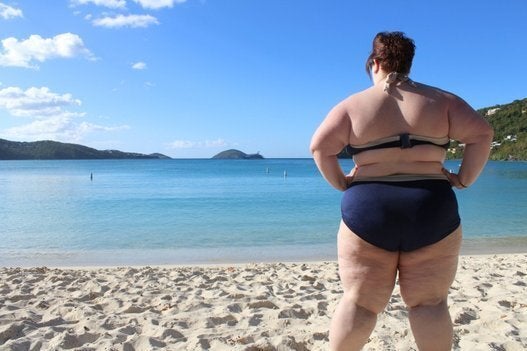If you keep up with fashion news, you probably recognize the name Zach Miko. The actor/comedian became an overnight celebrity this month as Target’s first-ever male plus-size model. He's been interviewed by every publication from Mic to People to Cosmo, and has even had his first Twitter troll.
“I’ve been touted a lot as the first male plus-size model, which just can’t be true,” Miko tells me from New York. “From what I understand, I’m the first by a major company or label.”
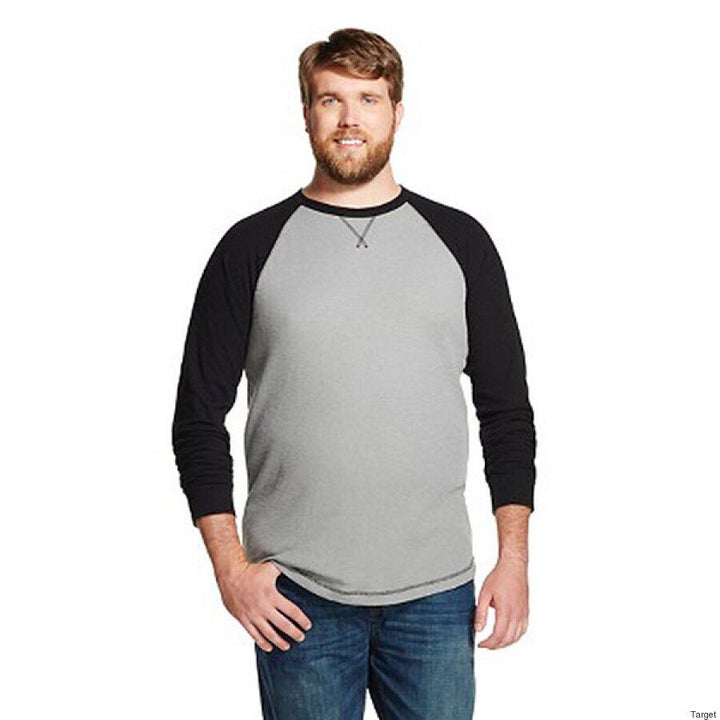
He’s right, though you would be forgiven for also thinking he was the first. For many, he’s the first they have ever heard of. Miko is genuinely warm and handsome. He’s like your next-door neighbour, but better looking. Standing at 6’6 with a 40-inch waist, it would seem natural to feature someone like him in a Big and Tall campaign.
So why aren’t there more plus-size male models?
The industry has a double standard: Plus-size female models are being increasingly represented in the mainstream while their male counterparts go noticeably absent. While fuller female models like Tess Holliday, Ashley Graham and Jennie Runk are near-household names, who can quickly name a male equivalent? (Read: Nobody.)
Canadian plus-sized women’s clothing brand Addition Elle opened New York Fashion Week last month. By contrast, at the inaugural New York Fashion Week: Men’s in July there was nary a belt size over 32 inches. (Though props to Instagram star Josh Ostrovsky, a.k.a. The Fat Jew, for his “Dad season” show at Made Fashion Week).
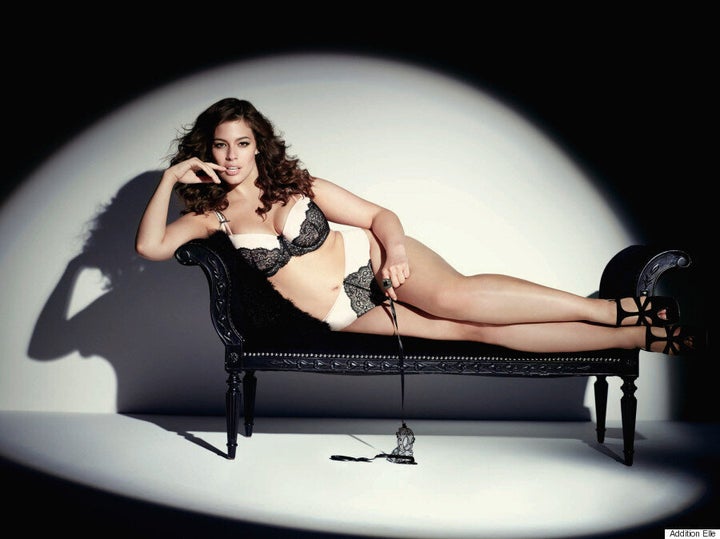
This deficit has translated from the runway to retail. In the United States, there are 6,000 clothing stores catering to plus-size women, representing $9 billion in sales in 2014. Larger men have less than 1,000 shopping options, accounting for only $1 billion in sales last year.
A lack of positive representation in popular fashion and mass media makes it difficult for men of size to be normalized in society. In turn, young men who aren’t slender or athletic feel that they are abnormal and can develop self-esteem issues.
“Men have the exact same insecurities that women have about appearance, body image — they just grow up thinking they can’t talk about it,” says Miko. “It’s hard for men to show feelings.”
While body image issues are most often associated with women, men fall prey to them too — and not just regarding weight. Short men are more likely to develop depression and be suicidal than their loftier counterparts. While male eating disorders are also on the rise, a disturbing recent trend is ‘bigorexia’; young men thinking they are too small and excessively working out to bulk up. Otherwise known as ‘muscle dysphoria’, it has similar negative (and dangerous) qualities to anorexia including a distorted self-image, obsessive behaviours and an intrinsic lack of happiness.
Over-exercising and steroid use are becoming common place among a generation of males dissatisfied with their bodies, with 36 per cent aged 18 to 25 saying they’ve taken human growth hormone or steroids, or know someone who’s tried them. This is buoyed by social media and fitness, fashion and beauty industries bombarding them with images of perfectly sculpted athletes and celebrities.
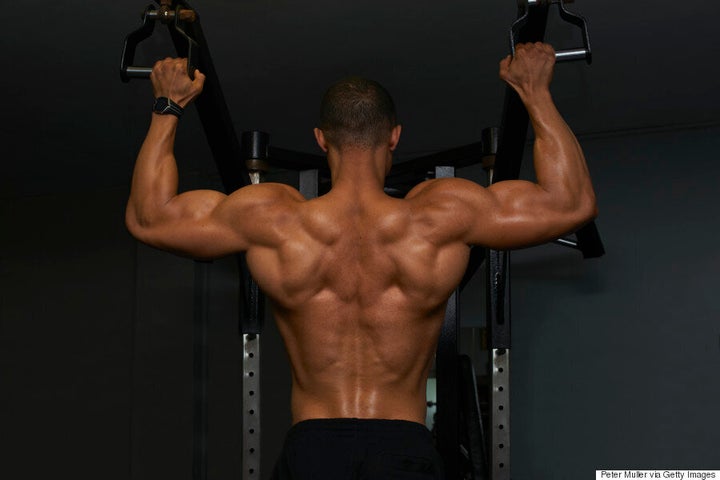
“The American bro is entirely built out of this ‘not feeling comfortable with yourself’ idea,” says Miko. “Sadly, men’s fashion has been catering to that for the last 80 years or so.”
This is reflected in the male models typically used in fashion campaigns, who are either ripped or skinny adolescent lookalikes. While men’s plus size is generally considered XL or a 42-inch chest, the models that surround Miko on Target’s Big and Tall page look svelte and muscular. Where’s the #DadBod? Wouldn’t that be more in line with their target audience?
Many people have devised theories as to why men of size are so poorly represented in fashion media. Mark Simpson, the man behind the term ‘metrosexual’, tells the Telegraph, “Part of the reason why there are no plus-size male models is that there are no politics behind it. It’s not a controversial issue in the same way that it is for women. Men are objectified all the time in the media, but it’s not called ‘objectification’. There’s no male equivalent of feminist ideology.”
Another theory is that male fashion advertisements were historically targeted at women as it was wives, mothers and girlfriends generally doing the household clothing shopping. Also, other than in Germany, there are also practically no modelling agencies representing male plus-size talent. Given the recent trend of inclusivity, particularly involving marginalized groups like the trans community, it seems shocking that men of size are left in the dark.
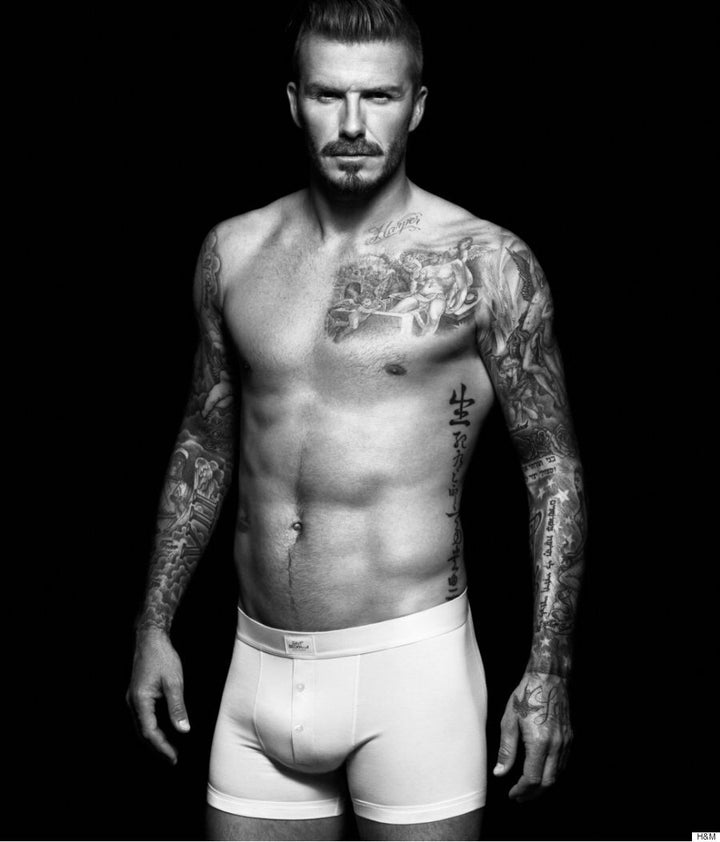
This absence may come down to the aspirational nature of fashion advertising, and representations of masculinity and plus-sized individuals in the media. Marc Lafrance, associate professor, sociology, at Concordia University in Montreal, tells me that society’s idealized male body is “hard” — and hard to change.
“We are still very invested in stereotypical notions of masculinity and male bodies that revolve around strength, control, mastery and hardness,” says Lafrance. “Having a male body that looks ‘soft’ is really a transgression of dominant ideals.”
Traditionally ‘masculine’ bodies are often portrayed as machine-like; sinewy, muscular and lean, primed for sexual prowess and productivity. Each well-oiled, rippling bicep denotes a level of exercise and/or physical labour that exudes self-mastery, self-control and sovereignty. By contrast, women’s bodies are stereotypically associated with softness and curves. Men who have these qualities are generally shamed or deemed unattractive — for example, men of size.
While people often point out the unfairness of television characters like Homer Simpson, Peter Griffin and Al Bundy having squishy ‘Dadbods' yet still finding attractive mates, Lafrance points out that this has a lot to do with our society’s association of masculinity with a glorified notion of blue collar employment. These characters are working class men who can get away with being a little softer because they are ‘manly’ in other ways: the physical nature of their work, the fact that they work with their hands, their style of speech, their enjoyment of sports, the company they keep and their drinking habits.
Lafrance, who recently a co-authored a peer-reviewed paper titled “Life Lessons: Learning About What It Means To Be Fat in the North American Mass Media”, notes that portrayals of overweight or obese individuals in media tend to suggest that they are “costly, slovenly and at-risk.”
These associations with a lack of productivity and dependency on public resources like health care mean the media put men of size in direct opposition to patriarchy’s mechanical male ideals of independence.
Luckily, things are changing. In a post-recession world (where men are typically no longer the sole breadwinners in many families), the rise of LGBT rights and progressive millennial values, there has been a plurality in the types of masculinity being accepted in society and media — men of size included.
“I think we will see more [plus-size male models] because we are living in an age where representations of masculinity in popular culture are multiplying,” says Lafrance.
While many may be quick to denounce plus-size male modelling as promoting an unhealthy lifestyle, it still deserves representation. Positioning only a singular, acceptable, idealized body type for men in the media is not only unreflective of society (and an untapped, growing market of potential consumers) but also dangerous to the self-esteem of a generation of young men.
If the Dadbod trend is the disruption the fashion industry needs to be more inclusive, then so be it.
Also on HuffPost
